Services
Dental Implants
Dental Implants are the solution to tooth loss. A dental implant is an artificial tooth root that can be used to replace a single tooth, or several teeth. Dental implants offer a permanent solution to tooth loss and will save you from doing much greater replacement procedures in the future. They are also the best way to have a stable bite, where the forces your body exerts onto your teeth are distributed evenly throughout your mouth.
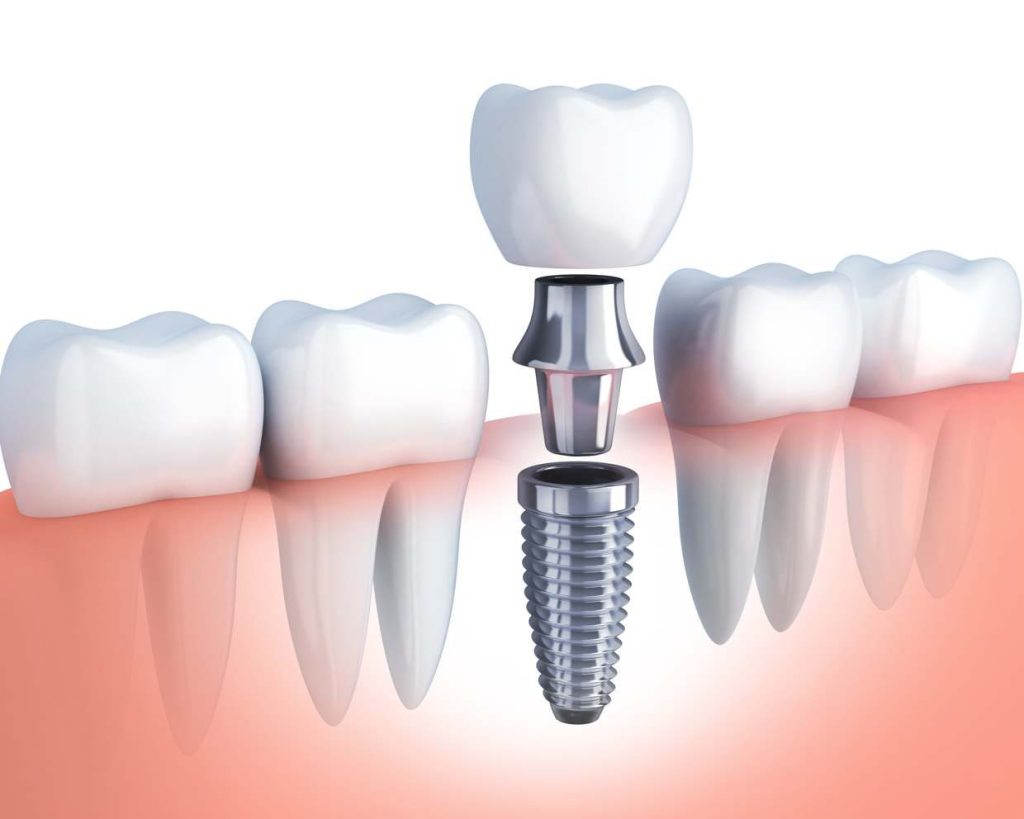

Crowns
Crowns can be made either to cover one tooth, or in a few instances, more than one tooth. Crowns are made when a tooth is damaged by decay, cracks or is affected by injury. A crown is intended to repair damage teeth and replace tooth structure lost protect the part of the tooth that remains and restore the shape and function. Crowns can also cover dental implants or abutment (adjacent) teeth when fitting a bridge.
Porcelain Veneers
Porcelain veneers are thin shell-like coverings made of porcelain material that are used to enhance the appearance of your smile. The procedure involves placing a dental shade-matching material on your tooth surface and is usually completed at two appointments. Porcelain veneers can remove discoloration to your teeth, fill gaps between missing teeth, fix chips or cracks in your teeth, hide stains or improve the overall shape of your teeth. Porcelain veneers hold up well over time and have the added benefit of helping you maintain a bright smile.
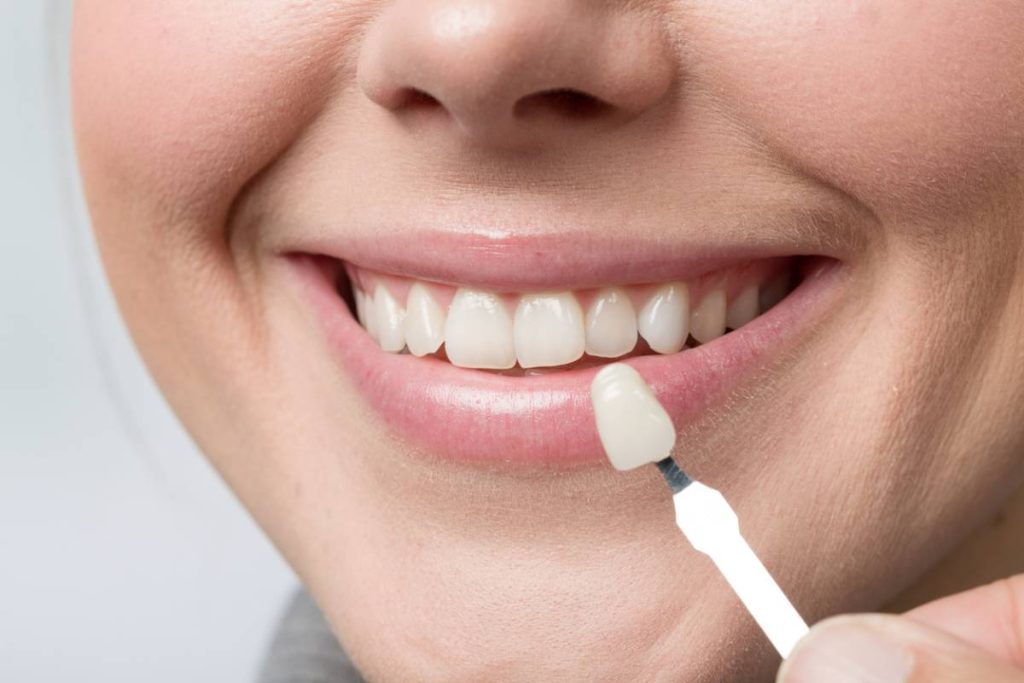

Teeth whitening
Youthful, healthy teeth are the natural result of brushing and flossing. When staining or discoloration occurs, however, you can restore your teeth. Teeth whitening is a conservative method for the treatment of discoloration . It can be used for any patient with yellow, gray or dull-looking teeth. With teeth whitening services, you can a cleaner and brighter smile.
Smile design
Smile design is a comprehensive dental procedure that transforms your smile’s position, size, shape and color. It is an artistic technique carried out by a dentist in order to achieve harmony between your smile and facial features. Typically one or more cosmetic dentistry procedures, such as dental veneers, dental implants, gingival sculpting and teeth whitening, will be required for several teeth in both the upper and lower arches in order to achieve the look you want.
Smile makeovers have a big impact on the way you feel about yourself. You will feel more confident, and your smile will be easy to talk about. After treatment, your teeth won’t look different – they’ll simply look like part of your face.
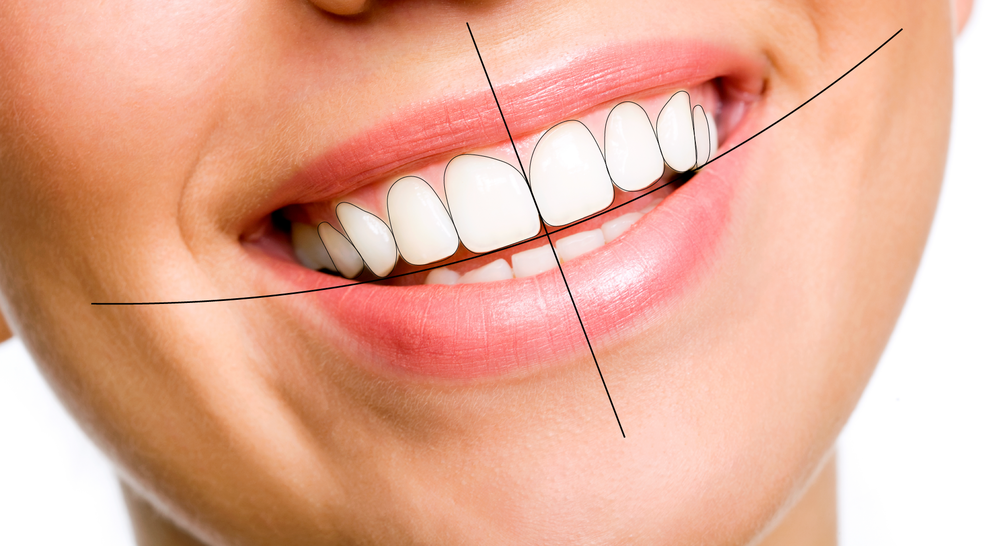
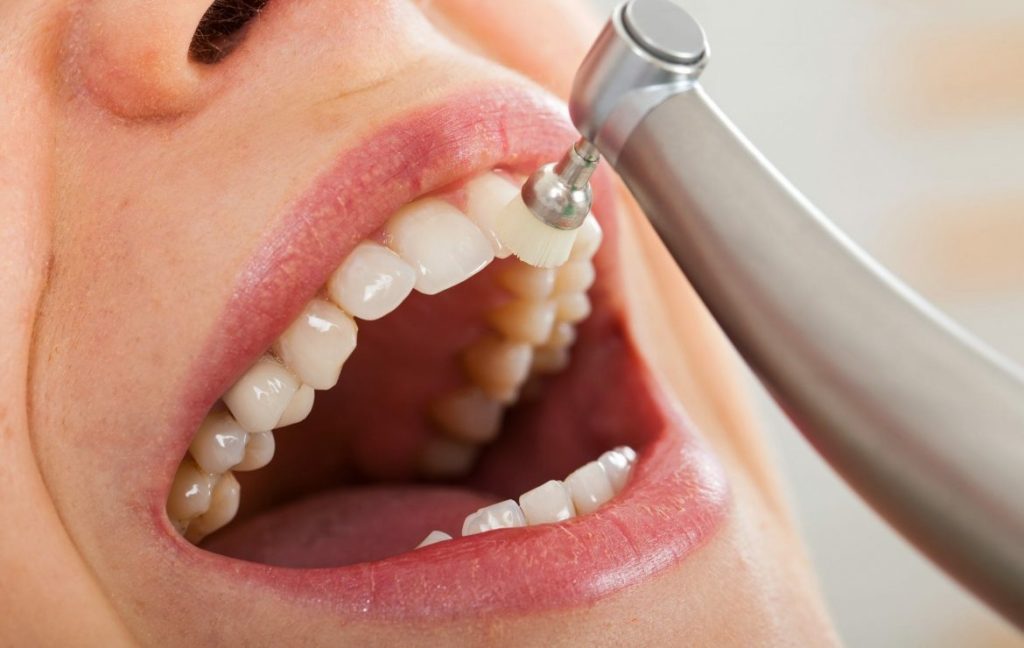
Dental Cleaning
We know that dental cleanings can be a stressful experience. That’s why we take the time to make sure you are comfortable, relaxed, and comfortable during your visit. We’ll help you understand what will happen during your cleaning, so you can feel confident in our care. And if there is any pain or discomfort, we’ll provide options for minimizing it.
Dental cleanings involve removing plaque and calculus deposits that have built up on the teeth over time. This buildup can cause gum disease and tooth decay if not removed regularly. It can also lead to bad breath!
The purpose of the dental cleaning and polishing is basically to leave the surfaces of the teeth clean and smooth so that bacteria are unable to stick to them and you have a better chance of keeping the teeth clean during your regular home care. This helps prevent future problems like cavities or gum disease.
There is some confusion about the difference between scaling and root planing. Scaling is basically the process of removing dental tartar from the surfaces of the teeth. Root planing is the process of smoothing the root surfaces and removing any infected tooth structure. If you have gum disease or gum pocketing, the gum pockets around the teeth will have deepened, thereby allowing tartar deposits to form under the gumline
Fillings
You have been looking for a new dentist for a long time. You’re tired of the same old «silver» fillings, it looks unnatural and we don’t feel comfortable in our mouths anymore.
White dental fillings are a type of restorative dentistry treatment that helps repair minimal tooth fractures, tooth decay or other damaged surfaces. The bonding procedure requires the placement of various adhesives followed by the composite material, which is then hardened with a special bonding light. This results in a more pleasing and natural tooth like appearance that is not containing mercury or other metals that may contribute to sensitivity or toxicity..
These fillings are coming out in style so we can smile with confidence once again!
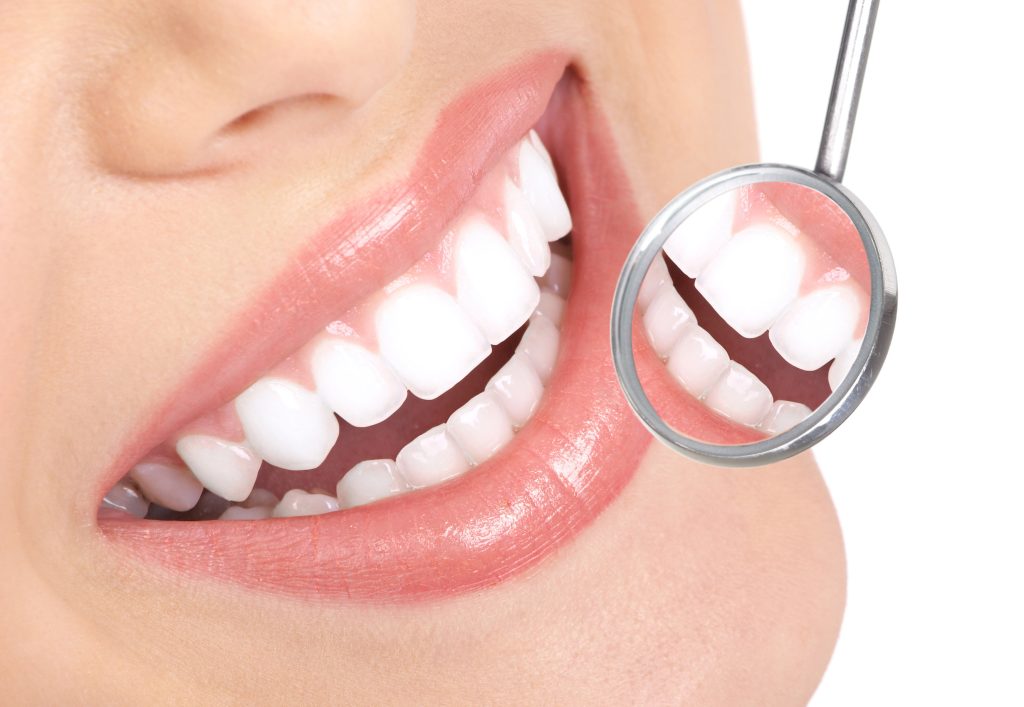

Prosthodontics
While it’s still unclear exactly why prosthodontics is so important, the overall consensus is that having a pretty smile makes you look good. Well, at least it makes you feel confident in your appearance. So while there are plenty of dental treatments available out there, prosthodontics provides an extremely effective solution that can restore your oral health and appearance.
The Prosthodontics Treatment aims to restore the full teeth and the oral functioning of your teeth, but it can also correct occlusion, replace broken and damaged teeth, and help replacements for those who have lost their teeth over their lifetimes
Prosthesis
A dental prosthesis is a custom-made device designed to replace missing or damaged teeth in a person’s mouth. It is also commonly referred to as a dental appliance. Dental prostheses can be either fixed or removable, and they are designed to restore the natural look and function of the teeth, gums, and other oral tissues.
There are several types of dental prostheses, including:
1. Dentures: Removable devices that replace all or some of a person’s teeth. Dentures are usually made of acrylic resin or porcelain and can be either complete (replacing all teeth) or partial (replacing only some teeth).
2. Bridges: Fixed devices that are used to replace one or more missing teeth. Bridges are anchored to the remaining natural teeth or to dental implants.
3. Implants: Artificial tooth roots that are surgically placed into the jawbone to support a replacement tooth or bridge.
4. Crowns: Caps that are placed over damaged or decayed teeths or implants to restore their shape, size, and strength. Crowns can also cover dental implants or abutment (adjacent) teeth when fitting a bridge.
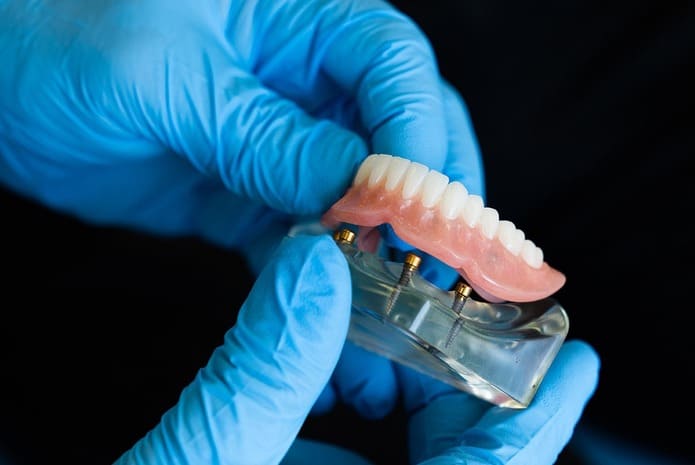
F.A.Q.
Welcome to our dental treatments section! Here, you can find detailed information about the dental services we offer and how they can benefit you. We understand that dental health is essential to your overall well-being, and we’re committed to providing you with the best care possible. In this section, you’ll find answers to common questions about our procedures, including what they entail, their benefits, and what you can expect during and after treatment. Our team of dental experts is dedicated to providing you with personalized care and attention, and we’re always here to answer any additional questions you may have. So, explore our dental treatments section today and discover how we can help you achieve the smile of your dreams!
Dental implants are artificial tooth roots that are surgically placed into the jawbone to support a replacement tooth or bridge. They are typically made of titanium or other biocompatible materials and serve as a stable base for a dental restoration.
The implant is typically a small screw-like post that is placed into the jawbone to replace the root of a missing tooth. Over time, the bone around the implant fuses with the implant surface, creating a secure anchor for a dental crown, bridge or denture to be attached.
Dental implants can be a great option for people who have lost one or more teeth due to injury, disease, or decay. They offer a permanent and natural-looking solution that can improve oral health and restore function to the mouth.
Dental implants are placed in a multi-step process that typically involves the following steps:
1. Consultation and Treatment Planning: Your dentist will evaluate your oral health, medical history, and X-rays to determine if dental implants are a suitable option for you. They will also create a treatment plan that outlines the specific steps and timeline for your implant placement.
2. Implant Placement: During the implant placement procedure, a small incision is made in the gum tissue to expose the jawbone. The implant is then placed into the bone using a specialized surgical tool. The gum tissue is then stitched back over the implant, and a temporary crown or bridge may be placed over the implant to protect it while it heals.
3. Osseointegration: Over the next several months, the implant will gradually fuse with the jawbone in a process called osseointegration. This creates a strong and durable foundation for the replacement tooth.
4. Abutment Placement: Once the implant has fully integrated with the jawbone, a small connector called an abutment is attached to the top of the implant. This serves as a base for the replacement tooth or teeth.
5. Restoration Placement: Finally, a custom-made dental crown, bridge, or denture is attached to the abutment to complete the implant restoration. This restoration is designed to match the color, shape, and size of your natural teeth, resulting in a natural-looking and functional smile.
Overall, dental implants work by providing a permanent and stable foundation for a replacement tooth or teeth that look, feel, and function like natural teeth. With proper care and maintenance, dental implants can last for many years and help improve oral health and overall quality of life.
Dental implants are designed to be a long-lasting solution for missing teeth. With proper care and maintenance, dental implants can last for many years, even a lifetime.
The lifespan of dental implants depends on several factors, including:
1. Oral hygiene: Good oral hygiene is critical to the long-term success of dental implants. Regular brushing, flossing, and dental check-ups can help prevent gum disease and other oral health problems that can affect the longevity of implants.
2. Bite force: Excessive biting force, such as grinding or clenching the teeth, can cause stress on the implant and potentially lead to implant failure. Wearing a nightguard or another dental appliance may be recommended to protect the implant.
3. Implant quality: High-quality dental implants made from biocompatible materials, such as titanium, are more likely to last longer than low-quality implants.
4. Patient health: Certain medical conditions, such as diabetes, can increase the risk of implant failure. Patients with certain medical conditions may need to be closely monitored during the implant process to ensure their implants are successful.
In general, dental implants have a success rate of over 95%. Studies have shown that dental implants can last for 15 years or more with proper care and maintenance. However, it’s important to note that individual results may vary, and some implants may need to be replaced sooner than others. Your dentist can provide you with more information on the expected lifespan of your dental implants based on your specific situation.
Dental implants are generally considered a safe and effective option for replacing missing teeth. They have been used for several decades, and numerous studies have shown that dental implants have a high success rate and low complication rate.
However, as with any surgical procedure, there are some risks associated with dental implants. These risks can include:
1. Infection: Infection can occur at the implant site, especially if proper oral hygiene is not maintained. Antibiotics and other treatments may be necessary to treat infections.
2. Implant failure: Dental implants can fail to integrate with the jawbone or may become loose over time. This can happen due to a variety of reasons, such as infection, inadequate bone density, or excessive biting force.
3. Nerve or tissue damage: Nerve or tissue damage can occur during the implant placement process, which can cause pain, numbness, or tingling in the mouth.
4. Sinus problems: Dental implants placed in the upper jawbone can sometimes protrude into the sinus cavities, which can cause sinus problems.
However, the overall risk of these complications is low, and most patients experience few or no complications during the dental implant process. In addition, dentists and oral surgeons take several precautions to minimize the risks associated with dental implants, such as using sterile instruments, prescribing antibiotics, and carefully monitoring patients during and after the procedure.
Ultimately, the decision to get dental implants should be made in consultation with your dentist or oral surgeon, who can evaluate your specific oral health needs and help you determine whether dental implants are a safe and appropriate option for you.
Yes, maintaining good oral hygiene is essential for the long-term success of your dental implant. While dental implants themselves cannot get cavities like natural teeth, they are still susceptible to gum disease and other oral health problems if proper care is not taken.
Here are some steps you can take to maintain the health of your dental implant:
1. Brush twice a day: Brush your teeth twice a day with a soft-bristled toothbrush and fluoride toothpaste. Be sure to brush all sides of your implant, as well as your natural teeth and gums.
2. Floss daily: Use dental floss or an interdental brush to clean between your teeth and around your implant. This can help remove food particles and plaque that can lead to gum disease.
3. Use an antimicrobial mouthwash: An antimicrobial mouthwash can help kill bacteria and reduce the risk of infection around your implant.
4. Avoid smoking: Smoking can increase the risk of implant failure and other oral health problems. If you smoke, talk to your dentist or doctor about quitting.
5. Visit your dentist regularly: Regular dental check-ups and cleanings are important for maintaining the health of your implant and natural teeth. Your dentist can also check for any signs of implant failure or other oral health problems.
In addition to these steps, it’s important to follow any specific maintenance instructions provided by your dentist or oral surgeon. Depending on your situation, your dentist may recommend additional steps or precautions to help ensure the long-term success of your implant.
While dental implants are an excellent option for many people who have lost one or more teeth, there are some limitations for candidates who may not be good candidates for dental implants. Here are some factors that may limit your candidacy for dental implants:
1. Bone density: Adequate bone density is essential for successful dental implant placement. If you have lost a significant amount of bone in your jaw, you may need to undergo a bone graft procedure before implant placement can occur.
2. Gum disease: Gum disease can cause bone loss and make it difficult for implants to fuse with the jawbone. If you have gum disease, your dentist or periodontist may recommend treatment to manage the condition before proceeding with implant placement.
3. Medical conditions: Certain medical conditions, such as diabetes or autoimmune disorders, can increase the risk of implant failure. Your dentist will evaluate your medical history and may consult with your healthcare provider to determine whether dental implants are a safe option for you.
4. Smoking: Smoking can increase the risk of implant failure and other oral health problems. If you smoke, your dentist may recommend quitting before proceeding with implant placement.
5. Age: While age itself is not a limiting factor for dental implants, older adults may have a higher risk of certain medical conditions that can affect implant success.
It’s important to note that even if you have one or more of these factors, you may still be a candidate for dental implants with appropriate treatment and precautions. Your dentist or oral surgeon can evaluate your specific situation and help you determine whether dental implants are a suitable option for you.
While dental implants have a high success rate, there is always a risk of implant failure. If your dental implant fails, your dentist will need to determine the cause of the failure before deciding on the best course of action. Here are some reasons why dental implants may fail and what can be done:
1. Infection: Infection around the implant can cause it to fail. If an infection is detected early, your dentist may prescribe antibiotics to clear it up. In some cases, the implant may need to be removed temporarily until the infection is under control.
2. Poor osseointegration: Osseointegration refers to the process by which the implant fuses with the jawbone. If this process does not occur properly, the implant may fail. In some cases, the implant may need to be removed and replaced.
3. Mechanical failure: The implant itself may fail if it becomes loose or the components break. If this occurs, the implant may need to be removed and replaced.
4. Bone loss: Over time, bone loss around the implant can cause it to become loose and fail. If this occurs, your dentist may need to remove the implant and consider other options for tooth replacement.
In some cases, your dentist may be able to salvage the implant by performing a procedure to address the underlying issue. However, if the implant cannot be salvaged, it will need to be removed and replaced with a new implant or another tooth replacement option.
It’s important to note that while implant failure can be disappointing, it does not mean that dental implants are not a good option for you. Your dentist can work with you to determine the cause of the failure and develop a treatment plan to help ensure the long-term success of your implant.
Dental implants are typically made of biocompatible materials such as titanium, which means they are well-tolerated by the body and the risk of rejection is low. However, in rare cases, an individual’s body may react to the implant as if it were a foreign object, which can lead to implant rejection.
The rejection of a dental implant is a complex process and can be caused by several factors, including:
1. Allergic reaction: Some individuals may be allergic to the materials used in the implant, which can trigger an immune response and lead to rejection.
2. Poor osseointegration: If the implant does not fuse properly with the jawbone, it can become loose and fail. This can occur if there is insufficient bone to support the implant or if the implant is placed improperly.
3. Infection: Infection around the implant can cause inflammation and lead to implant failure.
If you experience symptoms such as pain, swelling, or looseness around the implant site, it is important to see your dentist as soon as possible. They can determine the cause of the symptoms and recommend appropriate treatment, which may include removing the implant if necessary.
While implant rejection is rare, it is important to discuss any concerns you may have with your dentist before undergoing the implant procedure. Your dentist can help you understand the risks and benefits of dental implants and determine whether they are a suitable option for you.
A smile design is a comprehensive treatment plan that aims to improve the appearance of a person’s smile by addressing various aspects of their teeth, gums, and facial features. It is a customized treatment plan tailored to the individual’s unique needs and goals.
A smile design typically involves a combination of cosmetic dental procedures, such as teeth whitening, dental veneers, dental crowns, orthodontics, and gum contouring. The goal is to create a smile that is not only aesthetically pleasing but also functional and healthy.
The process of smile design typically begins with a consultation with a cosmetic dentist or prosthodontist. During this consultation, the dentist will evaluate the individual’s oral health, discuss their concerns and goals, and recommend a personalized treatment plan.
The dentist may also use digital imaging and other tools to create a simulation of the final result, giving the individual a preview of their new smile before treatment even begins.
Smile design can have a significant impact on a person’s confidence, self-esteem, and overall quality of life. It is an investment in both oral health and personal well-being, and can provide long-lasting benefits for years to come.
Ceramic veneers, also known as porcelain veneers, are a popular cosmetic dental treatment that can provide several advantages, including:
1. Aesthetics: Ceramic veneers can dramatically improve the appearance of a person’s smile by covering up imperfections such as chips, stains, and gaps. They can also improve the shape and alignment of teeth, creating a more symmetrical and balanced smile.
2. Durability: Ceramic veneers are made of a strong, durable material that can withstand normal wear and tear. With proper care, they can last for many years.
3. Stain resistance: Ceramic veneers are highly resistant to staining and discoloration, making them an ideal option for people who want a bright, white smile that lasts.
4. Minimal tooth reduction: The process of placing ceramic veneers typically requires minimal tooth reduction compared to other dental procedures, such as dental crowns.
5. Customization: Ceramic veneers can be custom-designed to match the color, shape, and size of a person’s natural teeth, creating a seamless, natural-looking result.
6. Minimally invasive: The procedure to place ceramic veneers is minimally invasive, with little to no discomfort or downtime. The veneers are bonded to the teeth using a special adhesive, and the process typically requires only two appointments with your dentist.
Overall, ceramic veneers can provide a wide range of benefits for people who want to improve the appearance of their smile. However, it’s important to consult with a cosmetic dentist to determine if veneers are the best option for your individual needs and goals.
If you lose or break a veneer, it’s important to contact your dentist as soon as possible to schedule an appointment for repair or replacement. Here’s what you can expect:
1. Evaluation: Your dentist will evaluate the extent of the damage and determine the best course of action. In some cases, a minor chip or crack may be repaired with composite bonding material, while a more significant break or loss may require a replacement veneer.
2. Replacement: If the veneer needs to be replaced, your dentist will take impressions of your teeth to create a new veneer that matches the color, shape, and size of your natural teeth. In the meantime, your dentist may provide a temporary veneer to protect the affected tooth and maintain your appearance.
3. Bonding: Once the new veneer is ready, your dentist will bond it to the affected tooth using a special dental adhesive. They will then check your bite and make any necessary adjustments to ensure that the veneer fits comfortably and looks natural.
It’s important to take good care of your veneers to minimize the risk of damage or loss. This includes avoiding biting or chewing on hard objects, wearing a protective mouthguard during sports or other high-impact activities, and maintaining good oral hygiene habits such as brushing and flossing regularly.
With proper care, veneers can last for many years and provide a natural-looking, beautiful smile. If you have any concerns or questions about your veneers, be sure to consult with your dentist for personalized guidance and advice.
Teeth whitening is a cosmetic dental procedure that involves using a chemical or physical agent to remove or reduce stains and discolorations on the teeth, resulting in a brighter, whiter smile. It is one of the most popular cosmetic dental treatments and can be done in-office by a dentist or at home using a custom-made kit.
Teeth can become stained or discolored for a variety of reasons, including age, diet, tobacco use, and certain medications. Teeth whitening works by breaking down the stains on the surface of the teeth and removing them, revealing a brighter, more youthful-looking smile.
There are several types of teeth whitening treatments available, including:
1. In-office whitening: This type of treatment is performed by a dentist in their office, typically using a powerful bleaching agent and a special light or laser to accelerate the whitening process. In-office whitening can usually be completed in one to two hours and can produce dramatic results.
2. At-home whitening: This type of treatment involves using a custom-made tray or mouthguard filled with a whitening gel that is worn for a specified period each day. At-home whitening can take several days or weeks to achieve the desired results.
3. Over-the-counter whitening: This type of treatment involves using over-the-counter whitening products such as whitening strips, gels, or toothpaste. These products are generally less effective than professional treatments and may take longer to produce results.
Teeth whitening is generally safe and effective when performed by a qualified dentist or using a trusted at-home kit. However, it’s important to follow the instructions carefully and consult with a dentist if you experience any sensitivity or other side effects. Additionally, teeth whitening may not be effective for all types of stains or discolorations, and some people may require additional treatments such as veneers or bonding to achieve the desired results.
Teeth whitening is generally considered safe when performed by a qualified dental professional or using a trusted at-home kit. However, as with any dental procedure, there are potential risks and side effects to be aware of.
The most common side effect of teeth whitening is temporary tooth sensitivity, which can occur during and after treatment. This sensitivity is usually mild and can be managed with over-the-counter pain relievers or desensitizing toothpaste.
Other potential side effects of teeth whitening include:
1. Gum irritation: Whitening agents can irritate the gums and cause them to become red, swollen, or tender. This usually resolves on its own within a few days.
2. Uneven results: Teeth whitening may not produce perfectly even results, particularly if there are existing restorations such as fillings or crowns on the teeth.
3. Temporary discoloration: In some cases, teeth may become temporarily darker or yellow after whitening, but this usually resolves within a few days.
4. Damage to tooth enamel: Overuse or misuse of whitening products can damage the enamel on the teeth, leading to permanent sensitivity and increased risk of decay.
To minimize the risks and maximize the benefits of teeth whitening, it’s important to consult with a qualified dental professional and follow their instructions carefully. They can evaluate your individual needs and recommend the most appropriate treatment to achieve your desired results safely and effectively.
The longevity of teeth whitening results can vary depending on several factors, including the type of treatment, the individual’s diet and oral hygiene habits, and the presence of any underlying dental issues.
In general, the results of in-office teeth whitening treatments can last anywhere from six months to two years, depending on the individual. At-home whitening treatments may not last as long, typically requiring touch-up treatments every few months to maintain the results.
To extend the lifespan of teeth whitening results, it’s important to maintain good oral hygiene habits, such as brushing and flossing regularly and visiting a dentist for regular cleanings and check-ups. Additionally, avoiding stain-causing foods and beverages, such as coffee, tea, and red wine, can help prevent the teeth from becoming discolored.
If you are interested in teeth whitening, it’s important to consult with a qualified dental professional to discuss your options and determine the most appropriate treatment plan for your individual needs.
Yes, there are some contraindications for teeth whitening. Teeth whitening is generally safe and effective for most people, but there are some situations where it may not be recommended or may require additional precautions.
Some contraindications for teeth whitening include:
1. Pregnant or nursing women: The safety of teeth whitening during pregnancy or breastfeeding is not well established, so it’s generally recommended to avoid it during this time.
2. Allergies or sensitivities: Some people may be allergic or sensitive to the ingredients in teeth whitening products, which can cause irritation, swelling, or other adverse reactions.
3. Existing dental issues: Teeth whitening may not be recommended for individuals with certain dental issues, such as cavities, gum disease, or exposed tooth roots, as it can cause further damage or discomfort.
4. Restorations: Teeth whitening may not be effective for teeth with existing restorations, such as fillings, crowns, or veneers, and can cause uneven or unpredictable results.
5. Age: Teeth whitening is generally not recommended for children under the age of 16, as the pulp in their teeth may still be developing and may be more susceptible to sensitivity.
If you have any concerns or questions about whether teeth whitening is safe or appropriate for you, it’s important to consult with a qualified dental professional. They can evaluate your individual needs and recommend the most appropriate treatment plan for your situation.
Yes, you can continue to drink coffee or tea after teeth whitening, but it’s important to take some precautions to prevent the teeth from becoming stained again.
After teeth whitening, the teeth may be more susceptible to staining for a short period of time, so it’s best to avoid stain-causing foods and beverages, such as coffee, tea, red wine, and dark-colored juices, for the first few days or weeks after treatment.
If you do consume these beverages, it’s best to drink them through a straw to minimize contact with the teeth, or rinse your mouth with water or mouthwash afterwards to help remove any residual staining agents.
Additionally, brushing and flossing regularly, and visiting a dentist for regular cleanings and check-ups, can help prevent new stains from setting in and maintain the brightness of your newly whitened teeth.
It’s also worth noting that certain lifestyle factors, such as smoking or tobacco use, can contribute to the discoloration of the teeth, so quitting these habits can help prevent future staining and maintain the results of your teeth whitening treatment.
